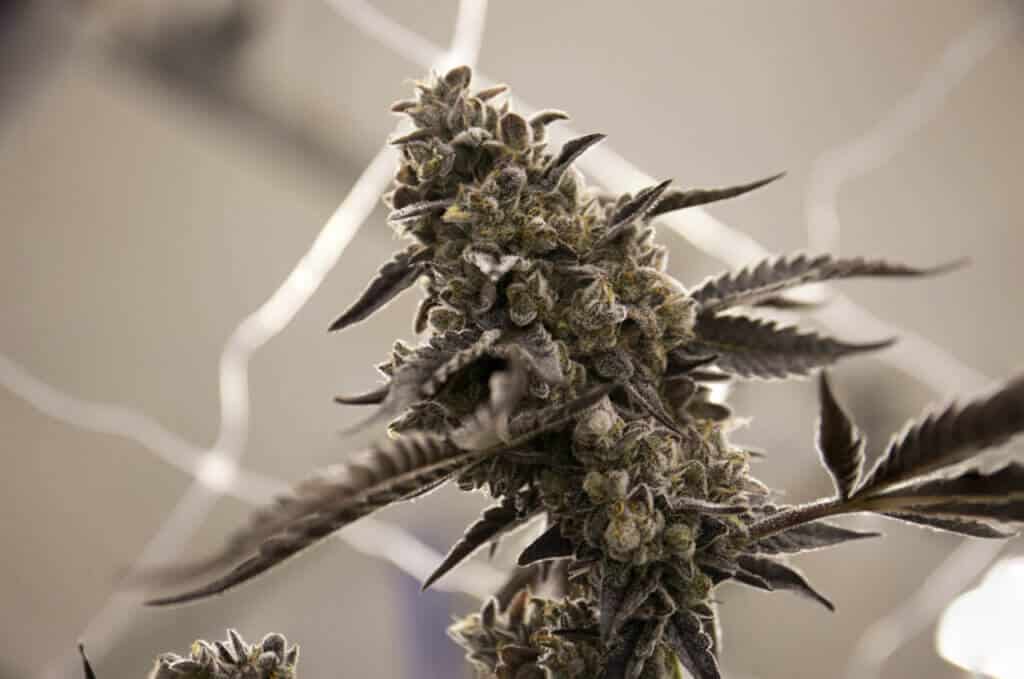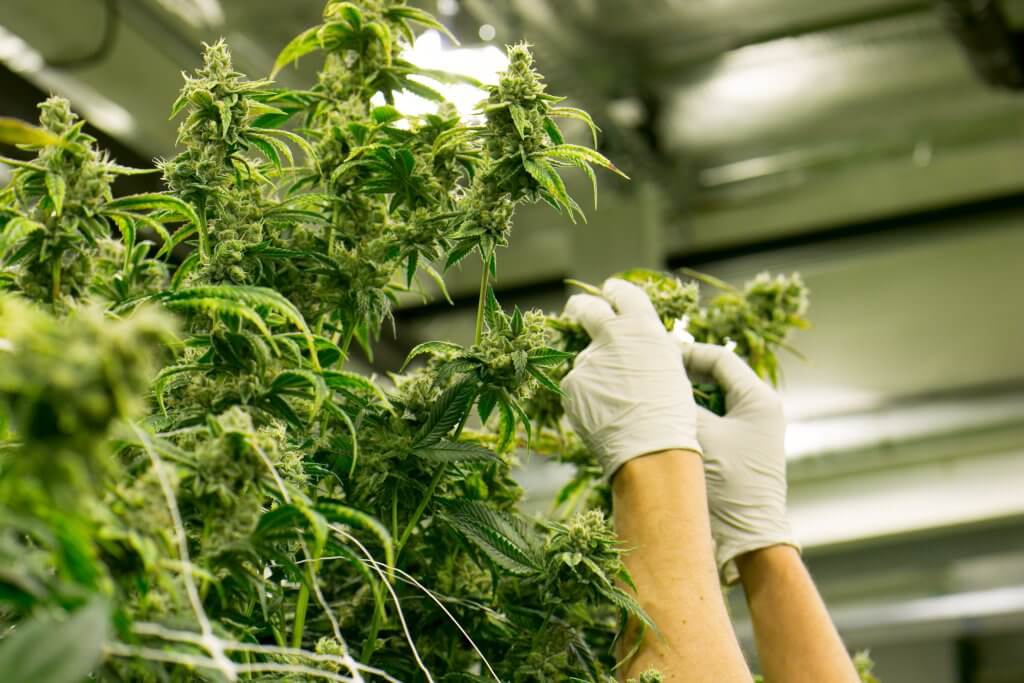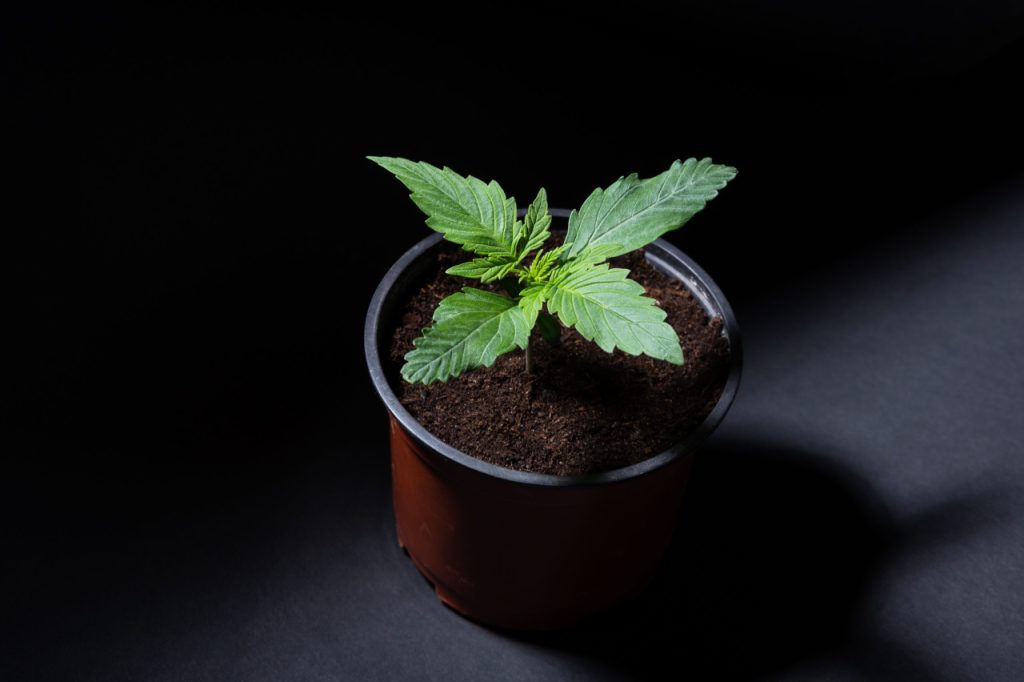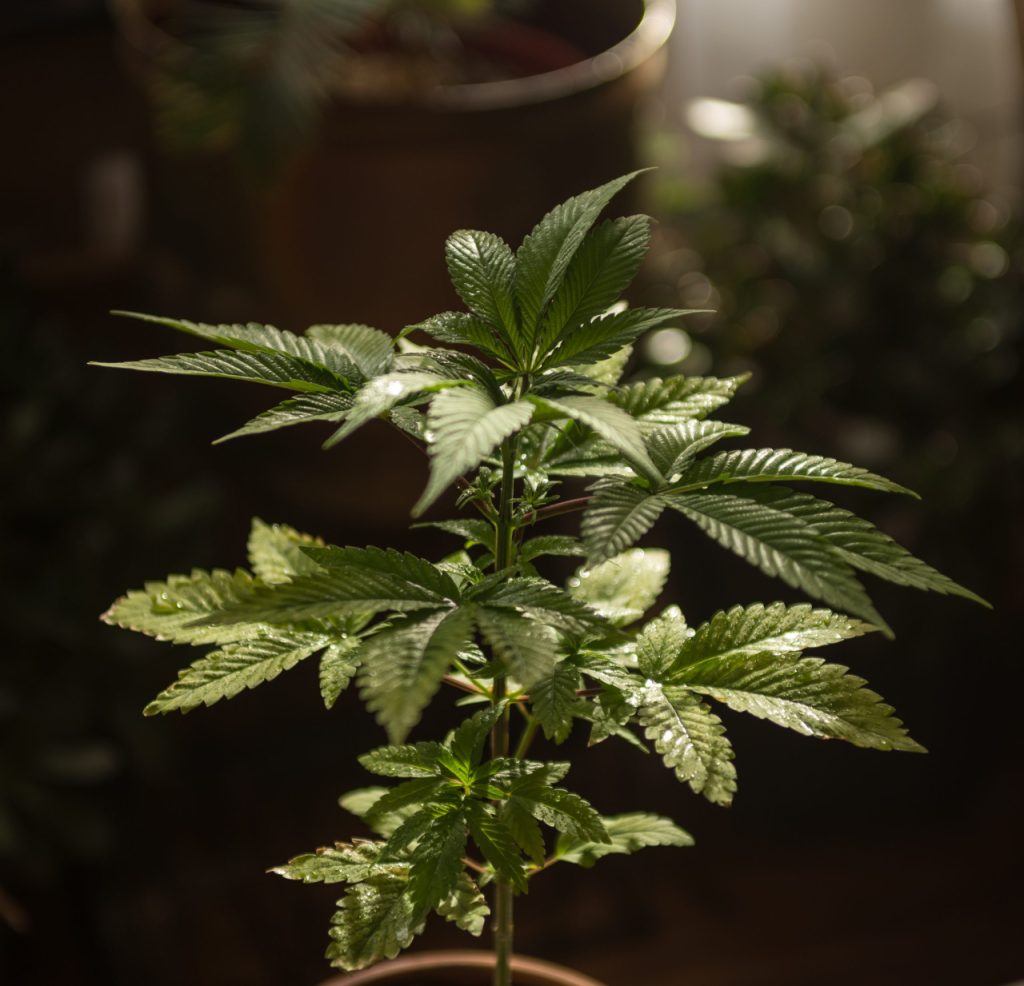Free Tropical Runtz seeds on orders over $150!
Autoflowers have been created over the years, even though they were less impressive and produced less than photoperiods. However, autoflowers will astound you if you desire a cannabis plant that can generate as much as Feminized in less time. Before autoflowering strains were popular, they were not widely acknowledged by growers; you couldn’t find many autos. When you did, you were likely disappointed by the yields and quality. Nowadays, autoflowering strains have been crossed with Sativa and Indica strains and developed to create massive yields and quality, enabling producers to get the same quality and effect while retaining the autoflowering feature.
Each strain has a different blooming period. Most autoflower strains are ready to harvest in 60-90 days. Any excellent autoflowering plant produced in a conducive environment will be ready for harvest when it should be. However, the primary factors of a growing environment affect that. A slight variation in temperature, nutrient dosage, or water availability can significantly impact the development of an autoflowering plant.
Furthermore, transplant shock, draught, or shock from topping can all have far-reaching consequences for a plant’s development cycle. These variables can easily delay a plant’s development by 7 to 10 days, causing your harvest to be delayed. As a result, it is critical to reduce the likelihood of any of these issues or to deal with them immediately and efficiently if they occur.
This is another prevalent myth about auto cannabis strains. This misconception most likely began when Lowryder was initially launched. Lowryder, as the name implies, was created to be a little plant for the discreet grower’s windowsill or balcony, akin to the cannabis counterpart of a bonsai. It barely grew to around 40cm in height, generating significantly lower yields than typical cannabis types. Other autoflowering cannabis types followed suit, with genetics that caused them to reach lower heights and, as a result, produce less bud than ordinary plants whose heights could be regulated with light. This is because most autoflowering types were historically designed with stealth and speed in mind.

Heavy-yielding autoflower seeds like Bruce Banner auto and GG4 autoflower are testament to this being a myth.
While some autoflowering types still exhibit these characteristics, others have been masterfully developed to generate significant amounts of high-quality cannabis. New types of autoflowers may grow just as tall as ordinary photoperiodic plants and provide comparable autoflower yields thanks to more refined breeding techniques. The genetics of your strain, the power of your lights, and other aspects of your growing environment will all have an impact on this.
This misconception is challenging to dismiss since it divides many autoflower producers. Some producers swear by topping autoflowers, claiming that it produces more colas per plant and, as a result, enhances yields. Others argue that because plants have such a limited lifespan, the time it takes for them to recover from topping reduces their yields. However, there is no simple solution to this problem since growers have seen it go both ways. The genetics of your plants and your skill as a grower will determine whether or not you should top your autoflowers. You shouldn’t bother topping if you’re producing Indica-dominant autoflowering plants, such as some Kush strains. These plants have few internodes and little side branching, enabling them to produce large, thick pineapple-like colas.

Additionally, some Sativa strains, such as an autoflowering Amnesia Haze, may respond well to topping. These plants may quickly grow to be over 150cm tall and typically respond well to topping, especially in the early phases of robust growth, allowing for several colas and equal light dispersion throughout the plant’s top. If you want to attempt topping your autoflowering plants, experts recommend starting with some of our Sativa kinds. You might buy a pack of three seeds, let one develop without topping, and experiment on the other two by topping them at different times of the vegetative phase and seeing the variations.
As difficult as it may appear to believe, this is not the case. Cloning autoflowers is possible, but because of the autoflowering property, clones will not have much time to mature and will not grow much. Growers often do not clone auto strains owing to the risk of shocking your plants; it is not worth risking your crop because clones develop quickly and do not have time to create large yields. Autoflowering strains enter the flowering phase depending on age rather than external lighting conditions; certain kinds have been found to blossom in as little as eight weeks from seed to harvest. Because a clone is a biological duplicate of the mother plant, the cutting is also the same age. This implies that your little cutting may only have 5-6 weeks to grow before flowering, leading to small clones with minimal yields.
Moreover, photoperiod strains rely on a decrease in light to commence the blooming cycle. This trigger signals the arrival of fall, and plants receive the word that they must hurry up and reproduce before the frosts arrive. Growers may artificially maintain their plants in the vegetative phase for as long as they choose. This allows clones to develop into huge plants before pushing them to blossom.
This myth isn’t totally accurate and is very dependent on the strain you’re producing. Some autoflowering types indeed function better under 24h light cycle, and if you are dealing with one of these strains, you should absolutely maintain these circumstances. However, it is well known that photosynthesis works just as well in the dark, and some strains will make this even clearer. In reality, the regular 12/12 light cycle may reduce yields and growth in some types that require extended dark periods. While it is generally not suggested to bloom auto strains in less than 16 hours of light, it ultimately depends on the strain you’re dealing with and the results you’re obtaining.
This myth is absolutely wrong; autoflowers may and should be trained occasionally. However, other plant training methods can be classed as Low Stress Training or High Stress Training, and depending on which one you pick, it might stress your plants. Experts propose using LST techniques with autos to get the same benefits (although with a little more effort) as high-stress plant training while reducing the time it takes for them to recover.
Cultivators can harvest three or more times yearly if they reside in a suitable mild-warm environment. At the right timing, some producers may harvest nearly five times every year. The fact that autoflowering strains are often frost-resistant adds to their outdoor growth capabilities. This makes them suitable for several outdoor harvests in milder climates.
This myth is only partly true. Transplanting autoflowering cannabis strains is more complex than repotting standard types. To minimize difficulties throughout the growing cycle, growers should put their autoflowering seeds in a container that cultivators will use until harvest. However, repotting an autoflower is achievable if you are delicate and attentive.

The most severe problem when repotting autoflowers is shocking the roots, which inhibits the plant’s development for up to 7 days, which is essential given that most only last 60-90 days. However, allowing your plants to get rootbound might be just as harmful to their growth. To reduce the adverse effects of transplanting, remember the following suggestions:
While waiting for a 20-week plant to mature, you may theoretically harvest four autoflowering strains simultaneously. Autoflowering cannabis cultivars may be harvested in 35 days, guaranteeing that you have cannabis on hand at all times. Unlike ordinary plants, autoflowering cannabis plants can be grown by virtually anybody and almost any place. If you’ve never grown cannabis before but want to give it a shot, drop a viable autoflowering cannabis seed in a cup, position it in a window, and begin a tiny home grow. Alternatively, cultivate your autoflowering cannabis strain alongside other crops in your garden, and you should be successful.

Like cannabis in general, autoflower seeds have a stigma attached to them. Partly due to previous evaluations of lower-grade strains. With developments in autoflowering types and improved breeding, autoflowers are gradually gaining popularity among both professional and novice gardeners. Superior autoflower seeds from renowned breeders and dealers, such as Premium Cultivars, are more than capable of attaining conventional variety heights. In more than one way. Even though autoflowers were not very excellent a few years ago, they have advanced significantly. You can now discover suitable strains for any grower and have selected qualities from Indica seeds and Sativa plants. Simply provide a proper growth environment, and you will be rewarded with thick buds.





Offers
This product is not for use by or sale to persons under the age of 18. This product should be used only as directed on the label. It should not be used if you are pregnant or nursing. Consult with a physician before use if you have a serious medical condition or use prescription medications. A doctor’s advice should be sought before using any hemp products. All trademarks and copyrights are property of their respective owners and not affiliated with nor do they endorse this product. These statements have not been evaluated by the FDA. This product is not intended to diagnose, treat, cure or prevent any disease. By using this site you agree to follow the Privacy Policy and all Terms & Conditions printed on this site. All products contain less than 0.3% Cannabinoid-compliant with applicable Federal Laws. Please make yourself aware of any and all applicable laws regarding hemp in your jurisdiction. Premium Cultivars accepts no liability or responsibility regarding germination laws in any specific locale state or national jurisdictions.THCA products are not available for shipment to the following states: Hawaii, Idaho, Minnesota, Oregon, Rhode Island, Utah, Vermont *Note: Products with Total THC content above 0.3% must not be shipped to these states.
We want to help you get your hands on the seeds you want, take 20% off your next purchase when you enter your email below!
We want to help you get your hands on the seeds you want, take 20% off your next purchase when you enter your email below!